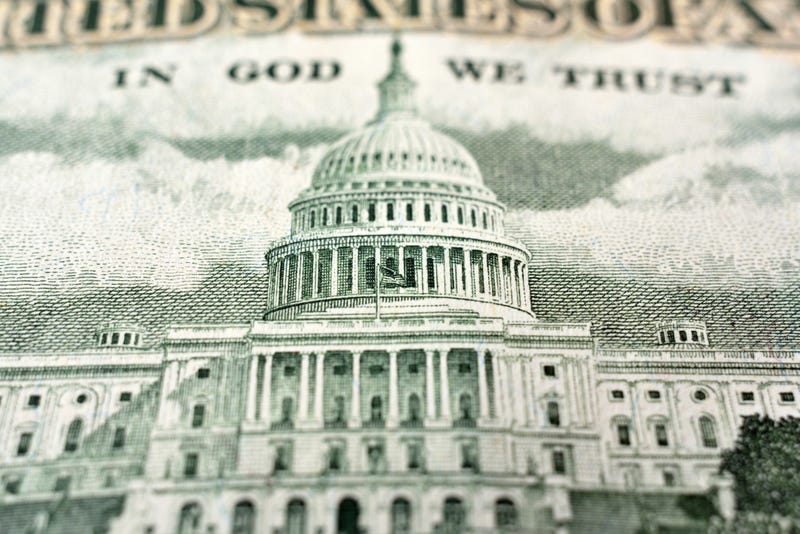
With experts estimating that the US could default on its debt in the coming weeks if the ceiling isn’t raised by Congress, many have been left wondering what exactly might happen if the disaster scenario plays out.
In January, the US hit its borrowing limit, resulting in the United States Treasury implementing several measures to avoid default. However, those measures are running out, and default now seems imminent without Congress intervening.
Jim Wilcox, a professor of financial institutions at Berkeley’s Haas School of Business and former economist for the Federal Reserve, shared with KCBS Radio that the decision of whether or not the country defaults on its debt falls solely on Republicans and Democrats in Congress.
“I think in the end, both sides will do everything they possibly can to avoid a debt default,” Wilcox said.
Current discussions between political leaders remain focused on how much the debt ceiling should be raised and will depend on how much they decide to cut or not cut government-funded programs.
Wilcox shared that the debt ceiling is extremely “peculiar,” with “almost no other country in the world” having something similar.
“Just like on your credit card, there might be a total credit line limit. In [the country’s] case, it’s something like $31 trillion approximately,” Wilcox said. “It just says the government can not have any more than that amount of debt outstanding.”
The reason he says it has now become such a problem is due to the government spending “much more than it brings in” on a monthly basis.
“Just like for you and me and any business, that means they have to borrow to make up the difference,” Wilcox said. “And at the ceiling, just like on your credit card, you can not borrow anymore.”
The impasse that Congress is now facing comes down to whether or not one side will cave and allow the other to get its way.
For Republicans, this means cuts across the board illustrated in the proposal passed in the House of Representatives. However, Wilcox shared that he is viewing it only as an “opening bid or their wish list,” saying he doesn’t think even they expect it to go through.
Among Democrats, party leaders are not looking to address cuts at all, with President Joe Biden stressing that he only wants to raise the debt limit.
When it comes to what will happen if an agreement can’t be reached, Wilcox shared that the government will only be able to spend what it brings in, adding that the difference is huge and that “somebody is not going to get paid.”
But more so than that, economists like Bernard Yaros, assistant director at Moody’s Analytics who spoke with Al Jazeera, say that defaulting could create a “cataclysmic scenario” resulting in the US seeing a recession like that of 2008. He also says it could throw the rest of the world into turmoil.
“This will be echoed around the world,” he said. “This is not a good thing for anybody.”
Consequences that could come from the US defaulting include interest rates spiking, the strength of the dollar declining, foreign governments being wary of the US Treasury, and high taxes for Americans.
“The ripples would be huge. Remember, approximately, the government spends about $100 billion a month more than it brings in,” Wilcox said
Wilcox says that Americans would bear the brunt of that estimated $100 billion every month, with cuts to things like Social Security payments, food stamps programs, the defense department, government contractors, and everything else the government is responsible for.


